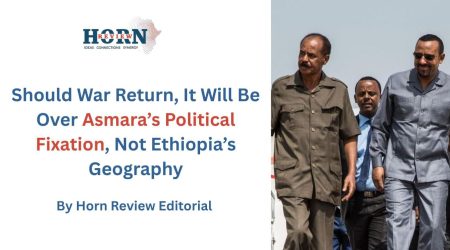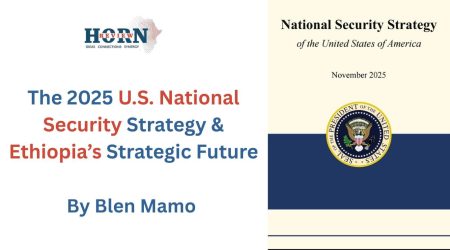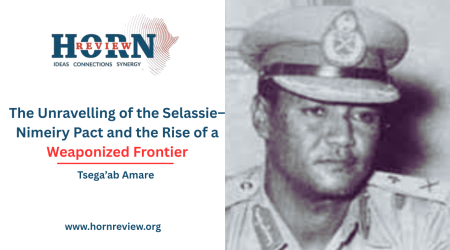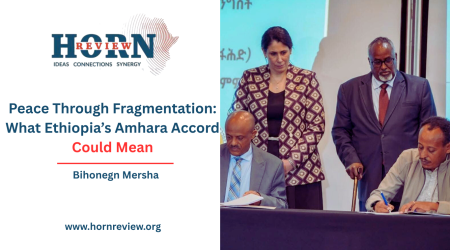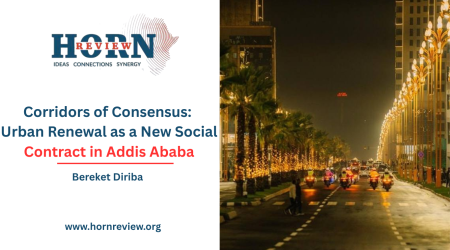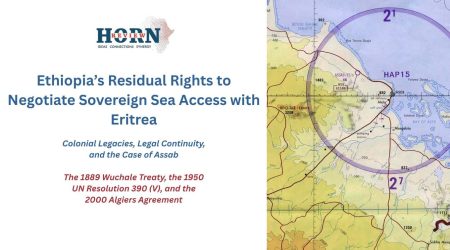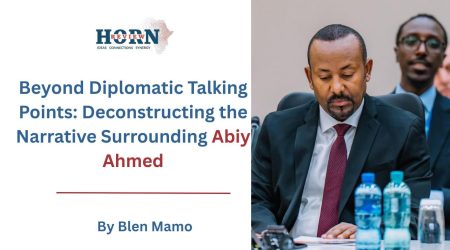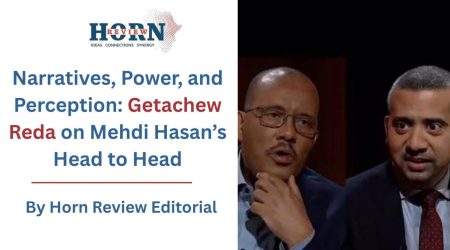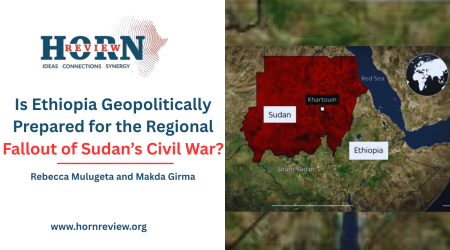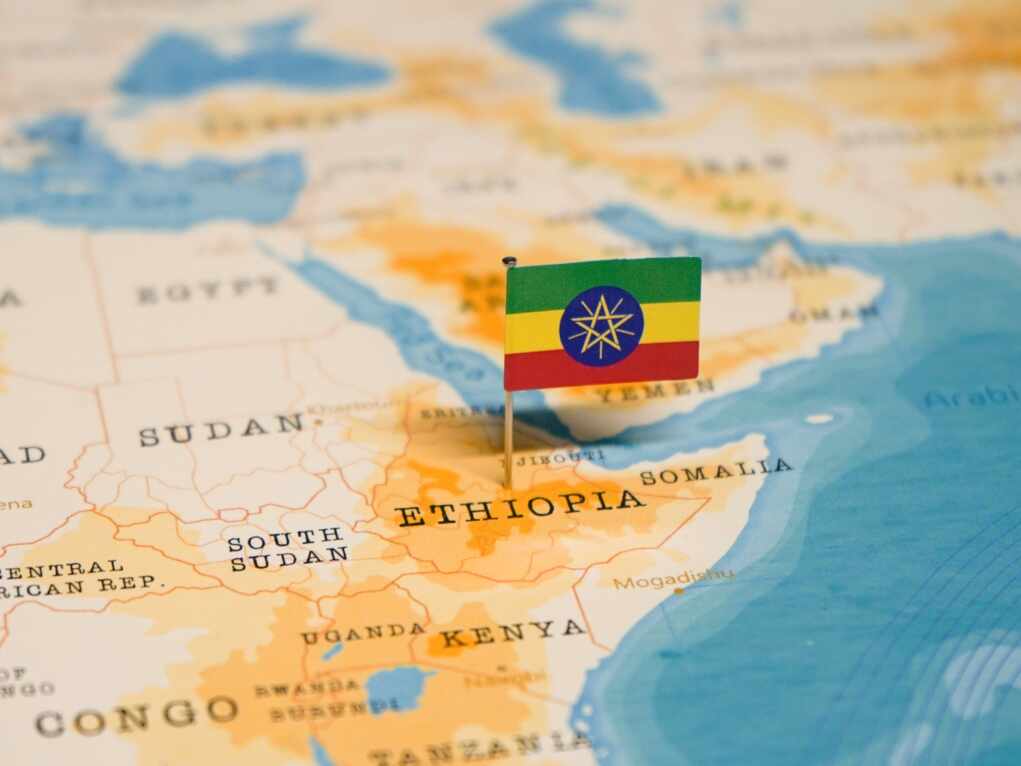
7
Oct
Doctrine In Transition: Ethiopia’s Foreign Policy Between Institutional Memory And Political Reinvention
Foreign policy is as much a mirror of domestic orientation as it is an instrument of external engagement. The choices a state makes beyond its borders inevitably reflect how it assesses its internal capacities, priorities, and constraints. When institutions cohere around a shared vision, diplomacy can become a predictable and stabilizing force; when institutional arrangements are evolving, foreign policy tends to be more adaptive and context-driven. Over the past two decades Ethiopia has shown both continuity and change, and understanding how those tendencies interact is essential to judging how the country advances its regional and global interests.
For an extended period under the EPRDF, foreign policy was articulated through the 2002 foreign affairs and national security policy and strategy. That framework positioned Ethiopia’s external posture as interdependent with internal development and treated many external risks as linked to domestic vulnerabilities such as poverty, social fragmentation, and state fragility. The resulting inside-out logic: “stabilize the domestic front and regional influence will follow”, encouraged a high degree of institutional coordination.
The Prime Minister’s Office, the Ministry of Foreign Affairs, the National Intelligence and Security Service, and the Ministry of Defense engaged in routine consultative practices that supported continuity in diplomatic positions. Strategic interagency processes rather than episodic declarations frequently informed foreign policy choices; that continuity enabled Ethiopia to play constructive regional roles. The country’s convening capacity in negotiations around the Grand Ethiopian Renaissance Dam, its participation in regional development forums, and its mediation in South Sudan are all tied to the bureaucratic cohesion that the doctrine incentivized.
Those arrangements reflected deliberate tradeoffs typical of any strategic model. Emphasizing order and strategic consistency shaped which priorities were elevated and how decisions were taken. Observers note that these tradeoffs have implications for public accountability and the scope of participatory processes. Prolonged external commitments and concentrated resource allocations appear in the historical record, as do persistent tensions with certain neighbors. Even critics acknowledge that a clear strategic framework and sustained institutional coordination can produce predictable and stabilizing foreign policy outcomes, and that the institutional competencies built under the EPDRF contributed tangible benefits to Ethiopia’s regional posture.
The political reorientation of 2018 introduced “Medemer” as a philosophical orientation emphasizing reconciliation, synergy, and a broader basis of legitimacy. “Medemer” sought to extend the sources of political authority for both domestic governance and foreign policy by foregrounding dialogue and relationship-building with neighbors and international partners. Early diplomatic initiatives inspired renewed possibilities and opened avenues for cooperation and reconciliation.
Translating a philosophical orientation into routine institutional practice is an ongoing process. Efforts to align structures and diplomatic practice with the inclusive spirit of “Medemer” continue to evolve. In many cases, the shifts made it possible to respond quickly to fluid regional dynamics while underlining the value of retaining technical expertise within the diplomatic corps. Reading these reforms as institutional recalibration captures both their creative potential and the practical requirement of procedural steadiness.
Domestic contestation and macroeconomic pressures further condition the space for strategic choices. Debates over the federal compact, episodes of localized violence across several regions, and macroeconomic constraints such as inflation and foreign exchange shortfalls complicate the horizon for long-term planning. Under such pressures, foreign policy is often asked to secure immediate logistical and financial support while also advancing broader strategic objectives. Engaging institutions to address pressing needs is therefore rational, though such engagement benefits from careful sequencing and broad consultation so short-term arrangements do not undermine longer-term regional coherence.
The question of maritime access illustrates the need for calibrated, consultative approaches. After decades of reliance on a single transit partner, initiatives to diversify transit and port options aim to address concrete logistical and economic challenges. Those measures reflect legitimate national interests and operational necessity. At the same time, the reception of such initiatives across the neighborhood demonstrates how framing and inclusive engagement shape outcomes. Strategically significant initiatives are more likely to generate durable benefits when presented transparently, sequenced deliberately, and pursued with regional partners and multilateral institutions. Anchoring projects in shared frameworks of benefit and verification increases the prospect of cooperative implementation.
Reconstituting a coherent foreign policy does not mean reverting to a single past model. Rather, it invites a selective synthesis of useful elements from earlier practice with the inclusive impulses that animate contemporary reforms. Codifying a written foreign policy that embeds inclusive values while clearly articulating national interests across economic, diplomatic, and security domains would provide a common reference point for ministries, agencies, and parliament. Such a document would help align operational choices with medium- and long-term objectives and make Ethiopia’s intentions clearer to regional and international audiences.
Institutional design is crucial for establishing credibility, continuity, and effective implementation. Creating a permanent interagency council for foreign affairs that routinely convenes the central executive, the foreign ministry, intelligence agencies, and defense institutions would institutionalize collective deliberation and reduce the likelihood of critical initiatives advancing without adequate consultation. Transparent procedures for the council and mechanisms to integrate the career diplomatic service would ensure technical expertise informs both strategy and execution. By reaffirming the role of professional diplomats while preserving avenues for agile executive action, Ethiopia can achieve a productive balance between continuity and adaptability.
Policy coherence depends on careful sequencing and genuine regional ownership. Strategic projects that implicate shared interests are more sustainable when neighboring states and regional bodies participate. Framing such projects as opportunities for regional integration and mutual benefit can transform arrangements that might otherwise be perceived as zero-sum into platforms for cooperative development. This approach strengthens the prospects that ambitious initiatives will be implemented and sustained over time.
Applying these principles to Ethiopia’s evolving diplomatic landscape reveals a process of thoughtful adaptation rather than abrupt reversal. In this context, Ethiopia is better described as recalibrating than retrenching. Institutional memory and operational experience remain valuable assets even as new political visions reshape priorities. By combining select elements of earlier practice with institutionalized inclusive principles, the country can cultivate a foreign policy that is both principled and adaptable.
Realizing that potential requires codified policy guidance, institutional routines that preserve expertise, and mechanisms that integrate the professional diplomatic service with flexible executive action. Paired with careful sequencing, transparent consultation, and sincere regional engagement, these elements can help Ethiopia regain strategic steadiness while advancing an inclusive vision responsive to historical realities and emerging opportunities.
The path forward is pragmatic and actionable. It calls for clear doctrine, routine institutional processes that preserve expertise, and diplomatic practice that mirrors domestic commitments to dialogue and inclusion. If these elements are combined with patient sequencing and genuine regional partnership, Ethiopia can pursue immediate national interests while contributing to a resilient and cooperative regional order.
By Bezawit Eshetu, Researcher, Horn Review

